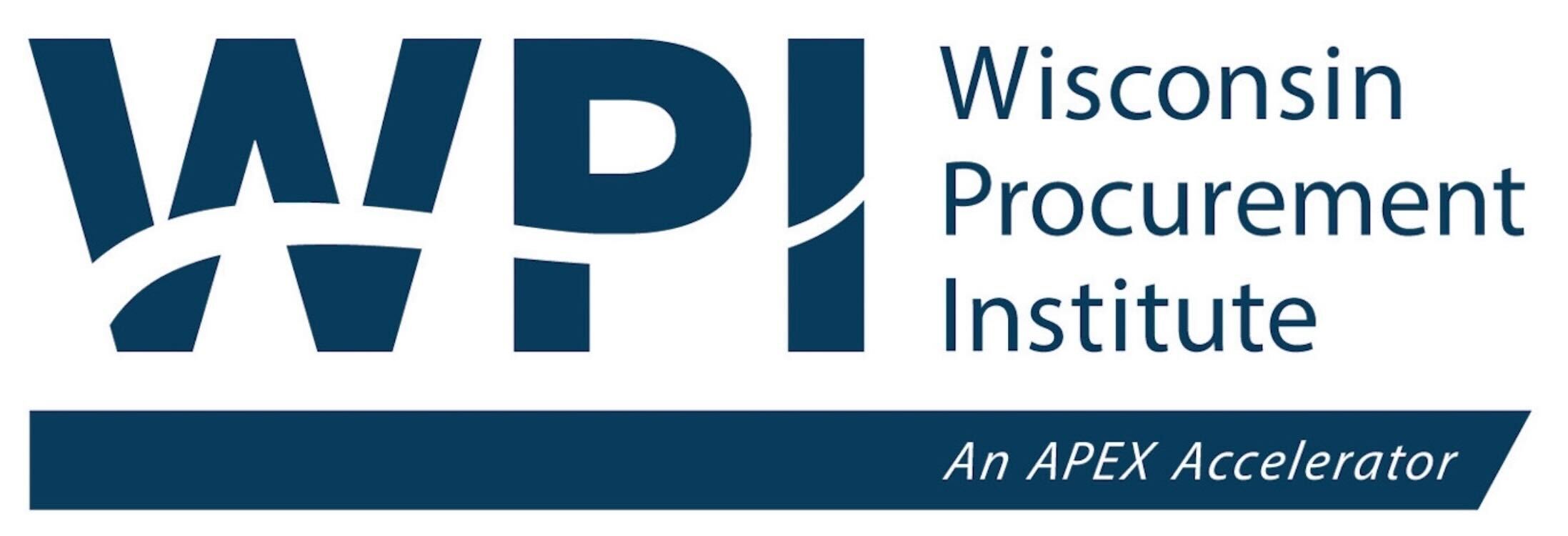July 2024
Your Intellectual Property Webinars: Basic US Patent Practice for the SBIR-STTR Stakeholders
March 13, 2017| Start Date | March 13, 2017 |
| End Date | March 13, 2017 |
| Time | 12:00pm - 1:30pm Central Time |
| Facility | Webinar |
| Contact Info | Hollis Robinson hollis.robinson@uspto.gov |
| Details | Read More Information |
| Register Online | Register for Event |
For small businesses participating in the SBIR/STTR program,understanding Intellectual Property (IP) ‐ Patents, Trade Secrets,Trademarks, and Copyrights ‐ is necessary to protect your ideas,products and product names in today’s knowledge economy. These90‐minute webinars have been designed specifically to address themost common IP issues facing small businesses funded by theSBIR/STTR program. They will cover all aspects of Intellectual Propertyprotection as well as help you understand your IP Data Rights under theSBIR/STTR grant/contract.
Space is limited to 200 people per webinar! Register early!
Webinars will be offered at 1 P.M. Eastern
03/13 – Basic US Patent Practice for the SBIR-STTR Stakeholders led by Michael Razavi
This module will focus on the basics of U.S. patents: what is a patent, the types of patents in the U.S. (utility, design, plant) and what is protected by each type, what can be patented, the standards of patentability, who can apply for a patent, what it means to have a patent, including the patent term, the time period for filing a patent application, and the changes brought about under the America Invents Act (AIA), concluding with how a patent may be used to advance your business interests. We shall discuss the parts of the utility patent application, including the specification, claims, abstract, and the drawings that are necessary to obtain a filing date, and the parts of a design patent application, as well as common mistakes in the patent application process that can adversely affect your patent rights. This module also will include discussion of topics that may be of particular interest to SBIR/STTR grantees, such as the protection of software by patent (and by copyright) as well as business methods patents. Finally, we shall explore the strategic differences of filing a provisional application, a non-provisional application, or a Patent Cooperation Treaty (PCT) application designating the U.S. for a utility patent. Finally, we shall discuss the role of a patent attorney or agent, including common mistakes that applicants may make, when handling their own filing. The module will conclude with a tutorial on the many patent-related resources at the USPTO and USPTO.gov.
